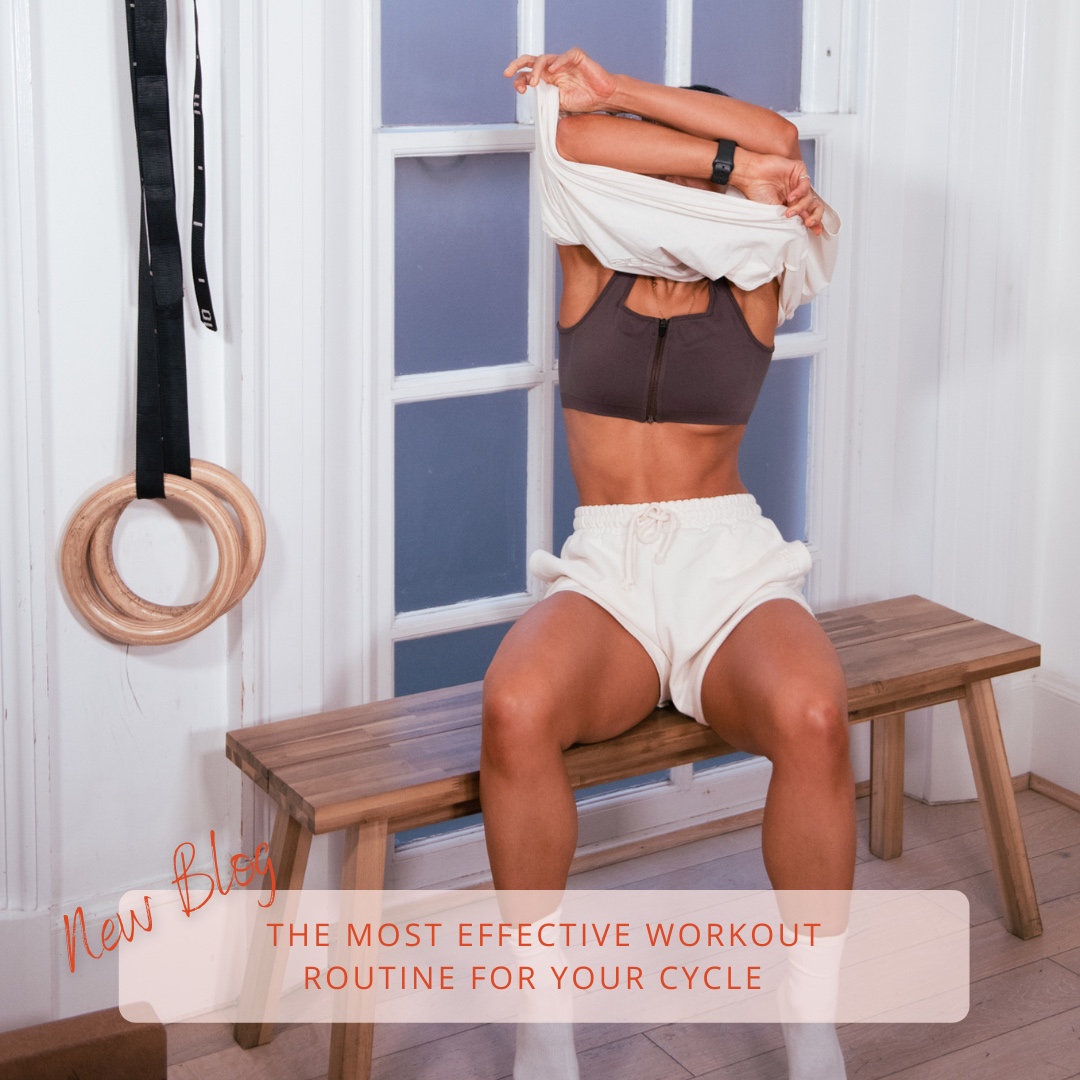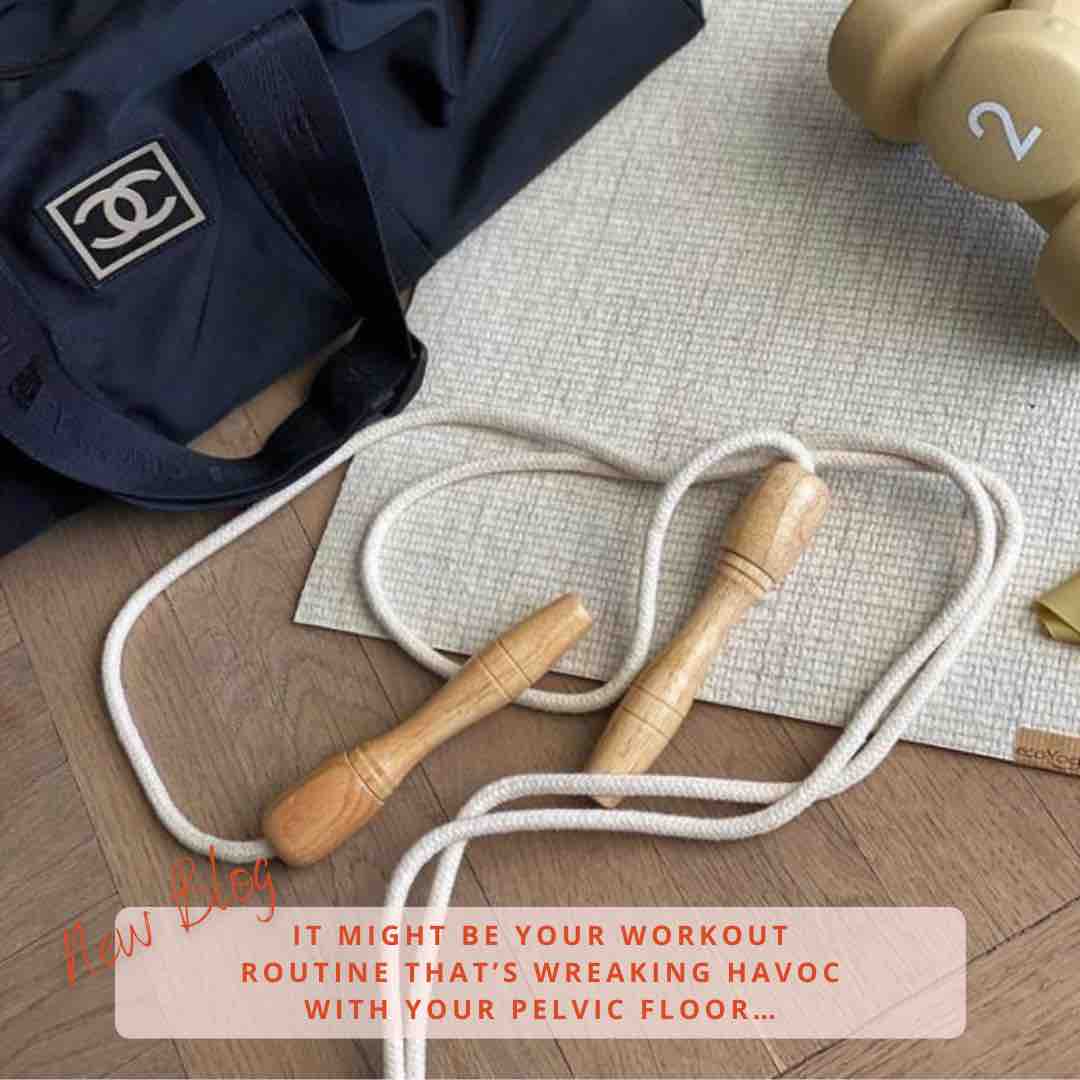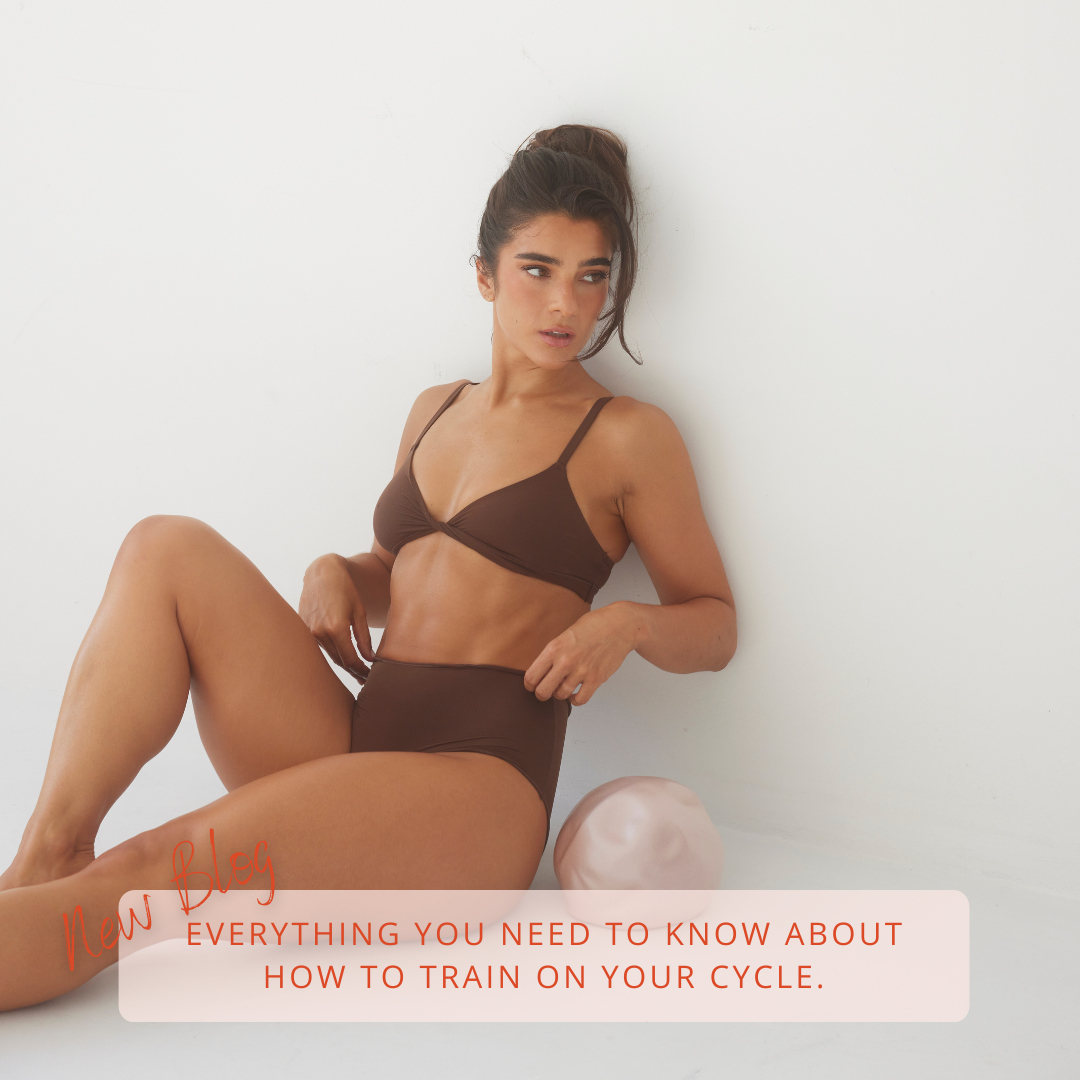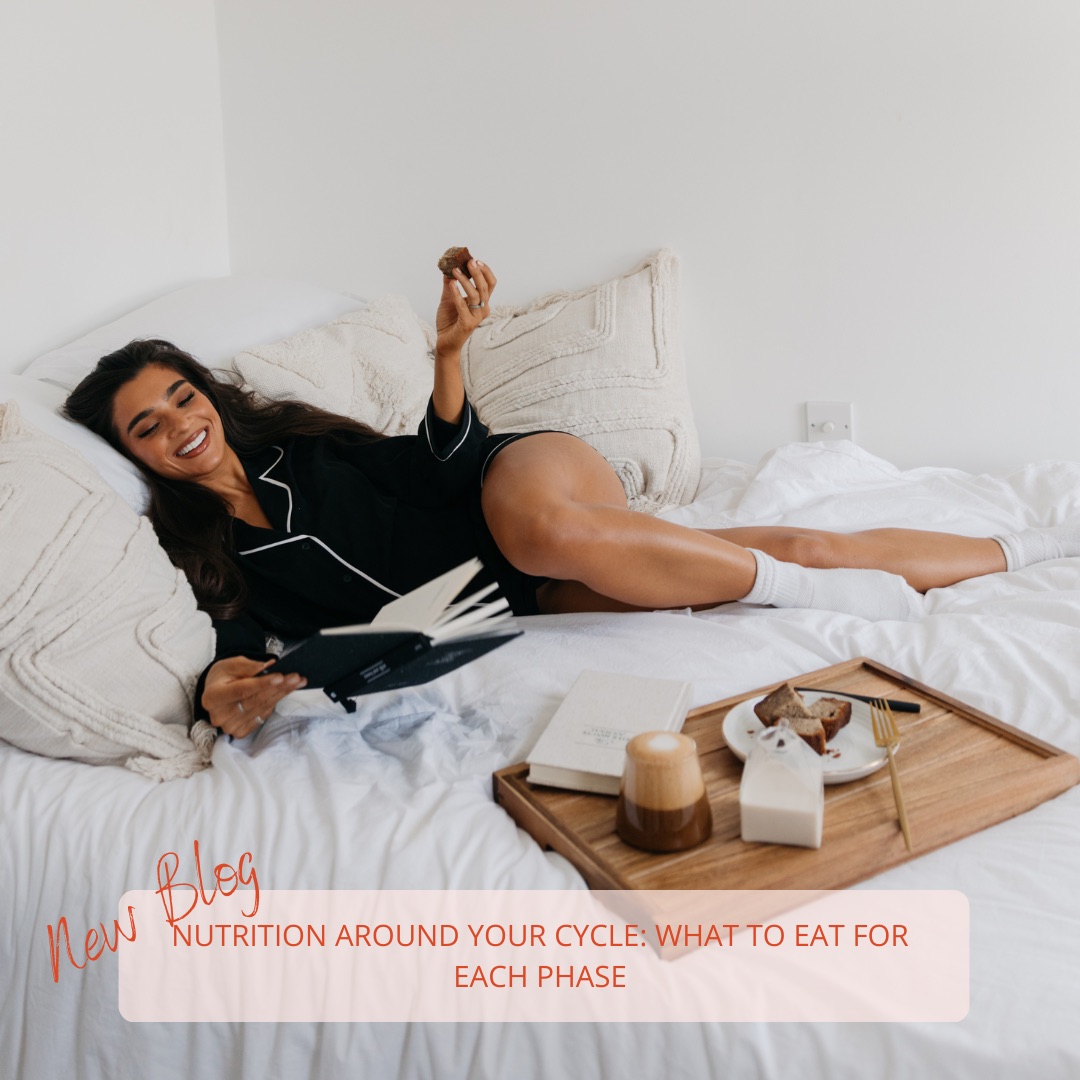
The Most Effective Workout Routine for Your Cycle
Let’s talk periods;
What’s actually occurring during the menstrual cycle? And how can you adjust your training and nutrition to best work with your body throughout the month…
The menstrual cycle
Firstly, let’s break down the phases of the menstrual cycle.
The average cycle lasts about 28 days, but as every person’s body is unique to them it can range from 23 to 35 days.
Each month you go through 2 phases controlled by hormonal changes. The first half of the cycle is the follicular phase, and the second half is the luteal phase.
The follicular phase starts with your period on day 1, lasting for anywhere between two to seven days, before moving through ovulation and into the luteal phase.
The luteal phase occurs where Progesterone levels rise, which usually lasts around 14 days. And ends with the start of menstruation, where your cycle begins again.
Symptoms that are mostly discussed in relation to women’s nutrition and fitness around this time, includes an increase in appetite and particular food cravings, as well as dips in energy levels and strength at different stages of the cycle.
In addition to this, many women also experience PMS about a week or two before their period begins, these can be a combination of symptoms such as bloating, increased appetite, headaches and pain. These of course will vary in severity person to person, but nonetheless impact our performance in the gym and the food choices we make.
So, how can you maximise your training during your cycle?
Around ovulation, is when you’re likely to feel the most energetic and strongest in your workouts.
We have very high Estrogen levels, which can promote muscle building. So that’s a great time to prioritise your strength and endurance training.
Whereas during the last phase of your cycle leading up to your period, due to the drop in progesterone you may feel more tired and subsequently have less energy for your workouts, which can have a knock on effect into your motivation to exercise.
Research suggests that doing light exercise can actually help improve PMS symptoms, reducing pain through the increases in blood flow and through the releasing of endorphins, boosting your mood and acting as a natural painkiller.
As we said before everyone is different, so If you’ve got the energy for a high impact session, why not! But if you feel the need to rest, that’s perfectly fine too, the bottom line is to listen to your body and act accordingly. The best advice is do the forms of movement that you actually enjoy and to keep up with your normal routine (if you can), this will make it much easier to exercise when you find your motivation particularly low, you can fall back on habit and enjoyment.
Nutrition throughout your cycle.
When it comes to nutrition and the menstrual cycle research and evidence is far more limited than compared to fitness.
Some evidence suggests that increased food intake and craving are heightened around the luteal phase.
So what’s the most effective way to manage this?
If you find yourself feeling ravenous just before your period, then you’re not alone. And just as we advised you to listen to your body when it comes to fitness, do the same here, if you’re feeling hungry make sure you eat something. Don’t ignore these feelings and restrict your intake, because typically this will lead to over consuming later on.
If you don’t tend to experience any food-related symptoms around your period, then there is no need to make any changes, simply stick to foods that align with your goals and enjoyment.
It’s also worth noting that women’s iron requirement are much more as a result of menstruation, so it’s particularly beneficial to prioritise foods that are high in iron, such as red meat, seafood, dark leafy greens etc
Having this understanding of your cycle can help set yourself up for success when it comes to reaching and maintaining your health and fitness goals, we always encourage you to listen to your body and do what feels best for you. Remember you’re not in this alone.






